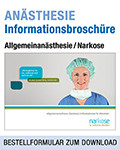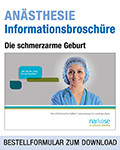

58. Jahrgang - Supplement Nr. 14 - November 2017
Opitz G/BBB syndrome is a congenital malformation syndrome characterized by the defects in the midline of the body. Opitz syndrome is inherited either as X-linked, caused by mutations in the MID1 (midline 1) gene located on Xp 22.3, or autosomal dominant trait with male sex limitation with variable penetrance on chromosome 22q11.2.. One out of every 50,000 to 100,000 males is born with X-linked type II Optiz G/BBB syndrome. The incidence of autosomal dominant Opitz G/BBB syndrome is unknown. It is part of a larger condition known as 22q11.2 deletion syndrome, which affecting 1 in 4,000 people. It is possible to diagnose the syndrome by chromosomal microarray prenatally. Recently, mutations in the SPECC1L gene have been associated to the autosomal dominant condition.
Typical presenting features include hypertelorism, hypospadias, cleft lip/palate, laryngo-tracheoesophageal (LTE) abnormalities, and imperforate anus, developmental delay, and cardiac defects. Recently, however, diaphragmatic hernia and low dural sac have been reported as possible additional features in patients with Opitz G/BBB syndrome.











